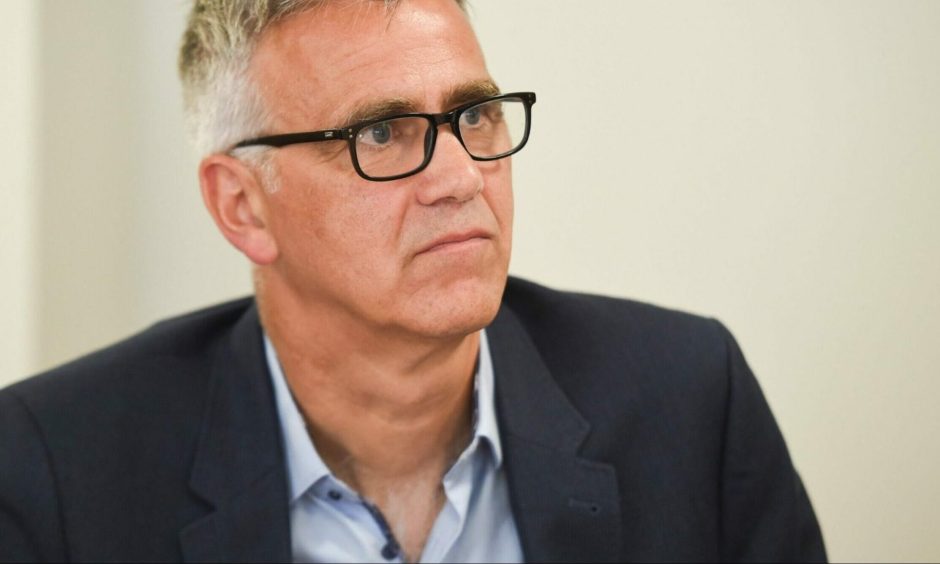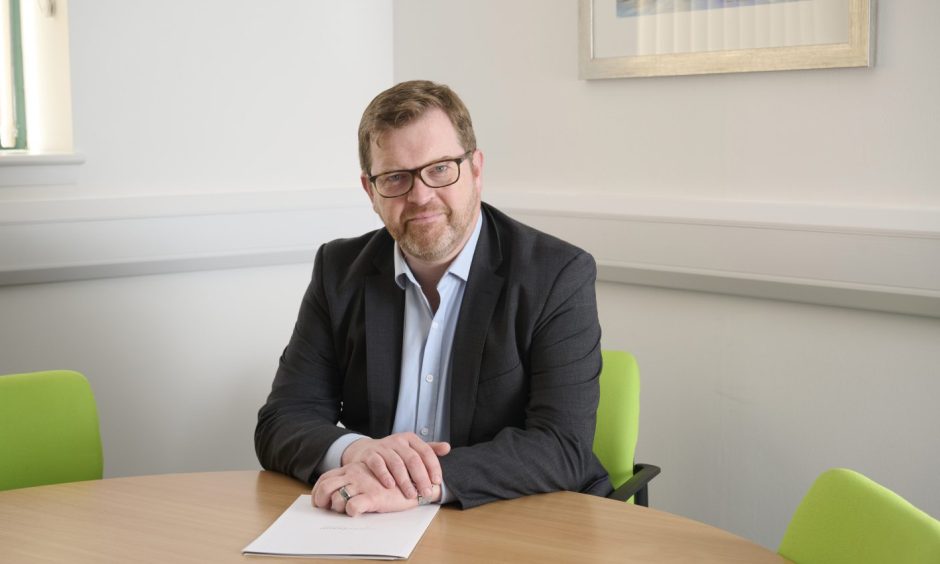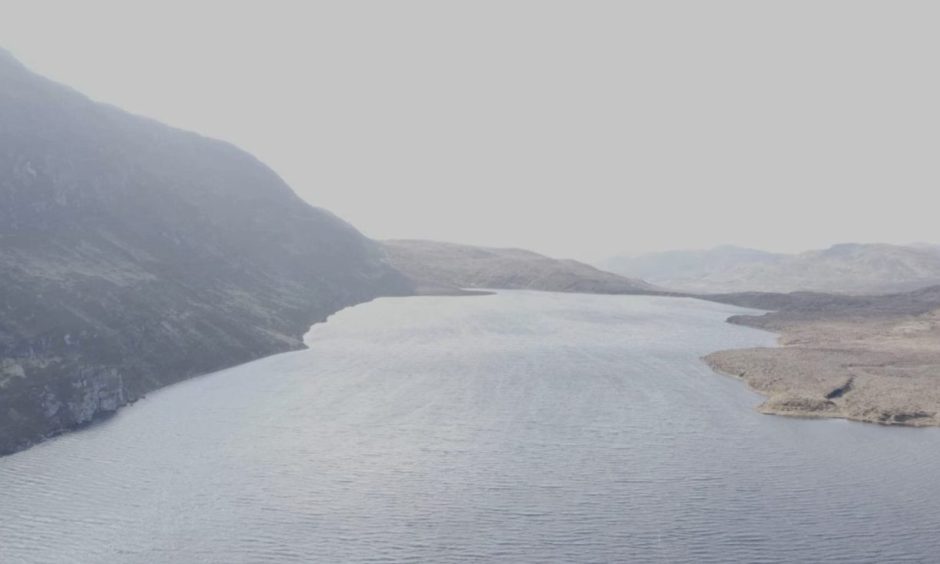Developers of large-scale projects around Inverness are being encouraged to build ‘legacy’ housing to help tackle an accommodation shortage.
A number of major infrastructure projects are planned near the city that could create thousands of jobs in the area.
It raises a question of where a large influx of incoming workers could be housed.
Inverness already has a shortage of rental properties which could be made worse with more people joining the property market.
Recruitment and accommodation major issues for business
Inverness Chamber of Commerce chief executive Colin Marr says recruitment and accommodation problems were the top two issues highlighted by businesses in his first year in the post.
“A lot of businesses find when they are recruiting from outwith the area they can find their perfect candidate, only to get a call later saying they can’t take the job because they can’t find anywhere to live.”
Mr Marr said the Inverness and Cromarty Firth Green Freeport project alone is forecast to create around 10,000 jobs.
A number of large-scale pumped storage hydro schemes are also planned on Loch Ness, each predicted to create hundreds of jobs during construction.
“The freeport is one of the biggest things that’s happening here now with projections of 10,000 new jobs.
“If that’s close to being right then how many of them are going to require extra housing?”, said Mr Marr.
Temporary houses could become permanent homes
He said Inverness will join other chambers in campaigning for more training for planners to help speed up housing approvals across the country.
He also wants to see developers building homes that could be used temporarily by construction workers and later permanently by local people.
Mr Marr said large construction workforces cannot be accommodated in small communities, like around Loch Ness.
Options for developers therefore include building temporary accommodation or busing workers from Inverness.
But he said by building permanent homes, accommodation could be left for use by councils or housing associations.
“We need to do a job piecing all that together in the hope we can then persuade people that permanent housing is what we need.
“That would be a legacy.
“Maybe the real ambition – and I don’t know if we could pull it off – would be for the council to get involved and guarantee to take the houses on after a certain level of time for social housing.”
Earlier this month SSEN was urged to reconsider plans for a temporary camp for around 350 workers in Skye.
Local MSP Kate Forbes said the plan was “utterly irresponsible”.
Campaigners also said it was a “missed opportunity” to build permanent homes and tackle an affordable housing shortage.
Housing a significant part of economic vision
Inverness and Cromarty Firth Green Freeport chief executive Calum MacPherson said the Highland business community is united in its vision to drive the region’s economy.
“The green freeport is at the heart of this.
“But its success will require collaboration and this includes ensuring we have supporting infrastructure in place, with housing being a significant part of that.
“A very important factor is ensuring the right mix of housing is available in the area, including affordable entry-level homes and accommodation for letting.
“We encourage the public and private sectors to work together to accelerate their vision for housing in the area to meet the growing need.”
Glen Earrach Energy (GEE) is behind plans for a £3 billion pumped storage hydro (PSH) scheme near Drumnadrochit.
It has pledged a housing strategy and local consultation on options for hundreds of workers needed to build the development.
A GEE spokesman said the project is in its early stages but it is committed to open communication with the community, businesses and government.
“We look forward to collaborating to identify the best solutions that consider all necessary factors.”




Conversation